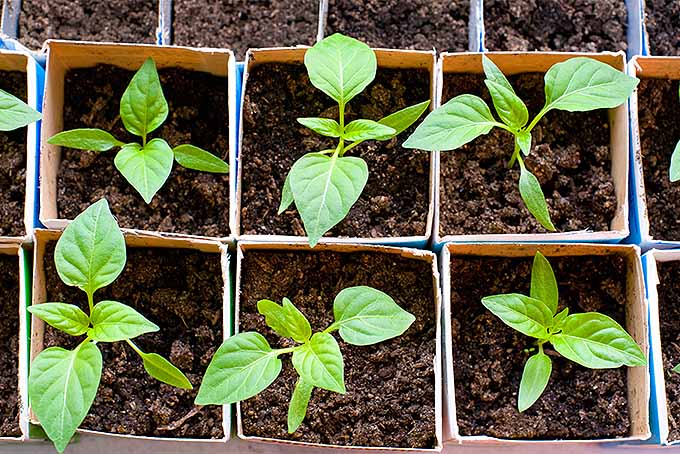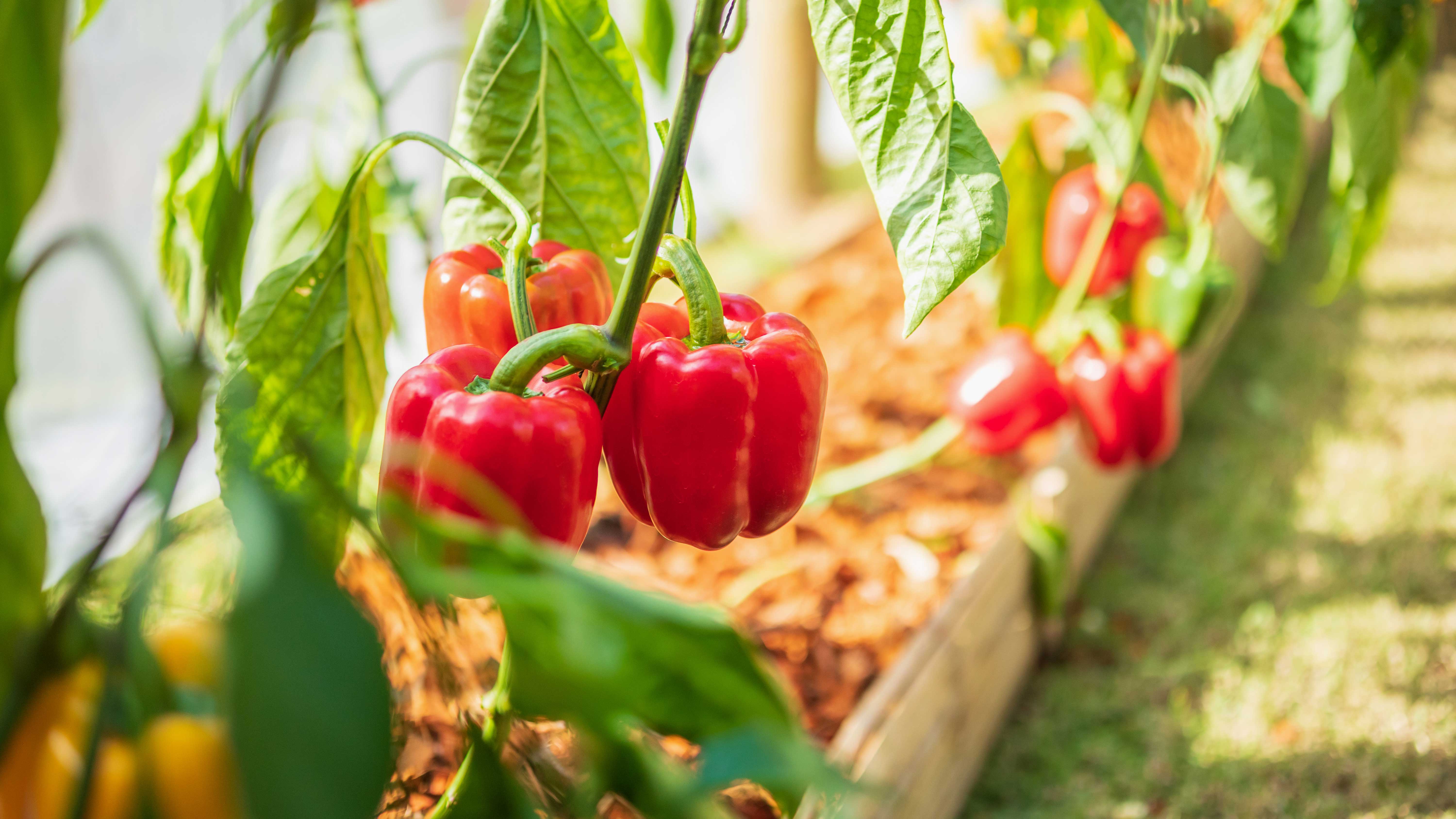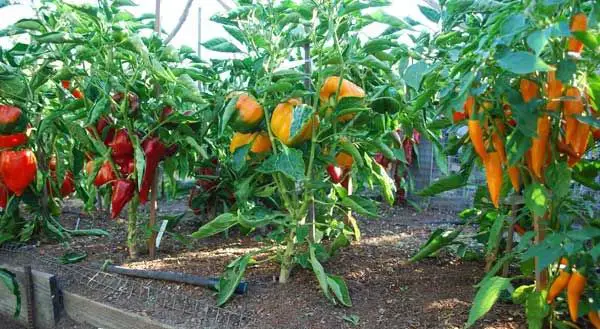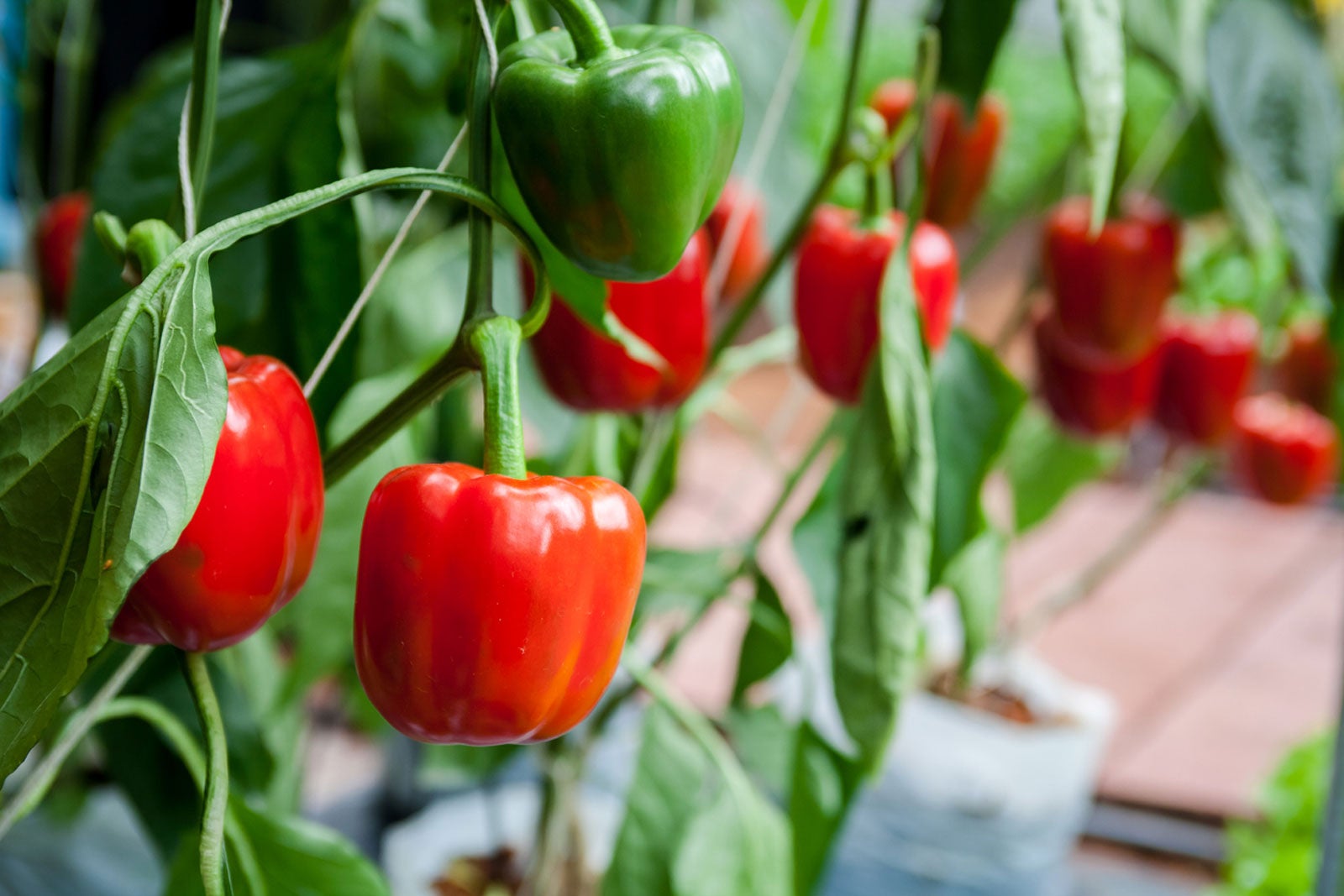Understanding the Life Cycle of Pepper Plants
The life cycle of pepper plants is a complex process that involves several stages, from germination to maturity. This journey can take anywhere from 70 to 120 days, depending on the pepper variety and growing conditions. To answer the question, how long does pepper take to grow, it’s essential to understand the different stages of growth. The life cycle of pepper plants begins with germination, where seeds sprout and grow into seedlings. This stage is critical, as it sets the foundation for future growth. As seedlings grow, they enter the vegetative stage, where they develop leaves, stems, and roots. The flowering stage follows, where pepper plants produce flowers that eventually turn into fruit. Finally, the fruiting stage occurs, where peppers ripen and are ready for harvest. Understanding these stages is crucial to providing optimal conditions for healthy growth and maximizing yields. Factors such as climate, soil, and light play a significant role in pepper growth, and understanding their impact is vital to achieving a successful harvest.
Factors Affecting the Growth Rate of Peppers
Several factors influence the growth rate of peppers, including temperature, humidity, and nutrient availability. Temperature plays a crucial role, with optimal temperatures ranging from 65°F to 75°F (18°C to 24°C) for most pepper varieties. Humidity also affects pepper growth, with ideal levels between 50% and 70%. Nutrient availability is another critical factor, with peppers requiring a balanced diet of nitrogen, phosphorus, and potassium to thrive. To optimize these factors for faster growth, pepper growers can take several steps. For example, using row covers or greenhouses can help regulate temperature and humidity levels. Providing peppers with a balanced fertilizer and ensuring adequate soil moisture can also promote healthy growth. Additionally, pruning and training techniques can help optimize pepper plant development and increase yields. By understanding the factors that influence pepper growth and taking steps to optimize them, growers can answer the question, how long does pepper take to grow, and achieve a successful harvest.
How to Provide Optimal Conditions for Pepper Growth
To create an ideal environment for pepper growth, it’s essential to focus on soil preparation, watering, and pruning techniques. Soil preparation involves selecting a well-draining potting mix with a pH between 6.0 and 6.8. Adding organic matter such as compost or manure can also improve soil fertility and structure. When it comes to watering, peppers require consistent moisture, especially during the fruiting stage. Aim to provide about 1-2 inches of water per week, either through rainfall or irrigation. Pruning techniques, such as removing lower leaves and weak growth, can help promote healthy growth and increase yields. Additionally, providing support for pepper plants, such as cages or trellises, can help keep them upright and encourage better fruiting. By optimizing these factors, pepper growers can create an ideal environment for their plants to thrive, ultimately answering the question, how long does pepper take to grow, and achieving a successful harvest.
The Role of Light in Pepper Plant Development
Light plays a crucial role in pepper plant growth and development, with different light spectrums and intensities affecting plant growth and productivity. Peppers require a minimum of 12-14 hours of light per day, with optimal light intensity ranging from 400-700 μmol/m²s. Blue light, in particular, promotes vegetative growth, while red light encourages fruiting and flowering. Insufficient light can lead to weak and spindly plants, reducing yields and quality. To optimize light conditions, pepper growers can use supplemental lighting, such as LED grow lights, or adjust the spacing and orientation of plants to maximize natural light exposure. By understanding the importance of light in pepper plant development, growers can create an ideal environment for their plants to thrive, ultimately answering the question, how long does pepper take to grow, and achieving a successful harvest.
How Long Does It Take for Peppers to Grow?
The time it takes for peppers to grow can vary depending on factors such as climate, soil, light, and pepper variety. On average, it can take around 70 to 120 days from sowing the seeds to harvesting the peppers. Here’s a breakdown of the average time frame for each stage of growth: germination (7-14 days), seedling stage (1-2 weeks), transplanting (1-2 weeks), and fruiting stage (60-90 days). For example, sweet bell peppers can take around 70-80 days to mature, while hot peppers like jalapenos can take around 90-100 days. Understanding the growth cycle of peppers is crucial in planning and preparing for a successful harvest, and answering the question, how long does pepper take to grow. By knowing what to expect, pepper growers can optimize their growing conditions and care techniques to ensure a bountiful harvest.
Common Challenges and Solutions in Pepper Growing
Despite the best efforts, pepper growers may encounter various challenges that can impact the health and productivity of their plants. Some common issues include pests, diseases, and nutrient deficiencies. Pests like aphids, whiteflies, and spider mites can weaken plants and reduce yields, while diseases like powdery mildew and root rot can be devastating. Nutrient deficiencies, particularly in nitrogen, phosphorus, and potassium, can also hinder plant growth. To overcome these challenges, pepper growers can implement integrated pest management strategies, such as introducing beneficial insects, practicing crop rotation, and using organic pesticides. Regularly monitoring plants for signs of disease and nutrient deficiencies can also help prevent these issues from becoming severe. Additionally, maintaining good garden hygiene, providing optimal growing conditions, and using disease-resistant varieties can also help minimize the risk of these challenges. By being aware of these potential issues and taking proactive steps to address them, pepper growers can increase their chances of a successful harvest and answer the question, how long does pepper take to grow, with confidence.
Maximizing Pepper Yield and Quality
To achieve a bountiful harvest of high-quality peppers, it’s essential to focus on promoting fruiting, preventing common issues, and optimizing growing conditions. One effective technique for promoting fruiting is to provide support for the plants, such as cages or trellises, which can help increase yields by up to 50%. Additionally, pepper growers can use techniques like pruning and training to encourage bushy growth and promote fruiting. Preventing blossom-end rot, a common issue in pepper growing, can be achieved by maintaining consistent moisture levels, providing adequate calcium, and avoiding excessive nitrogen fertilization. To improve flavor and texture, pepper growers can focus on providing optimal growing conditions, including warm temperatures, high humidity, and full sun. By implementing these expert tips, pepper growers can significantly increase their yields and enjoy a harvest of delicious, high-quality peppers, answering the question, how long does pepper take to grow, with a sense of accomplishment.
Conclusion: Growing Peppers with Success
In conclusion, growing peppers from seed to harvest requires a deep understanding of the life cycle of pepper plants, as well as the ability to provide optimal growing conditions and overcome common challenges. By recognizing the factors that influence pepper growth, such as climate, soil, and light, and taking steps to optimize these factors, pepper growers can increase their chances of a successful harvest. Additionally, by implementing expert tips for promoting fruiting, preventing blossom-end rot, and improving flavor and texture, growers can maximize their pepper yields and enjoy a bountiful harvest of high-quality peppers. Whether you’re a seasoned gardener or just starting out, understanding how long does pepper take to grow and following the guidance outlined in this article can help you achieve a successful and rewarding pepper-growing experience.








